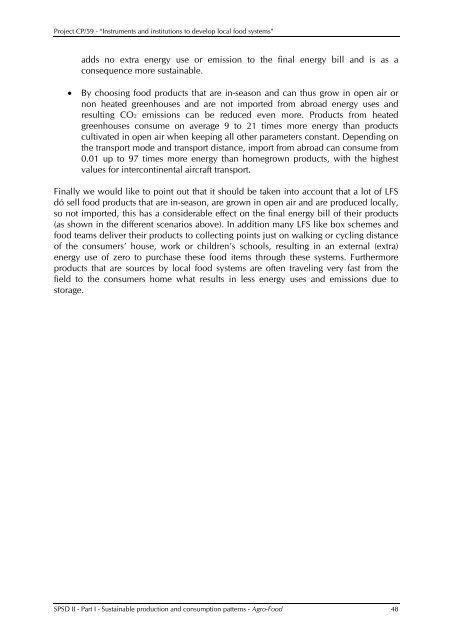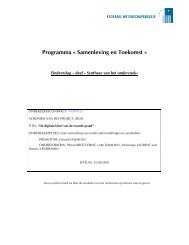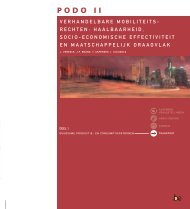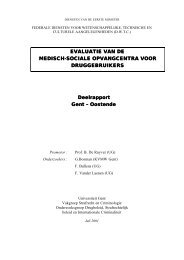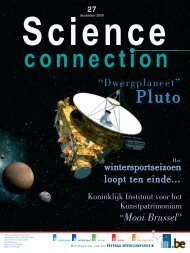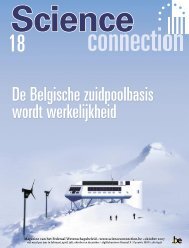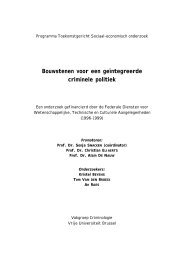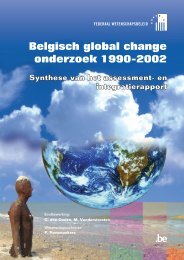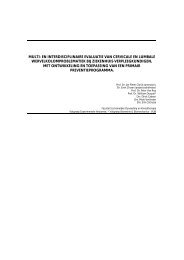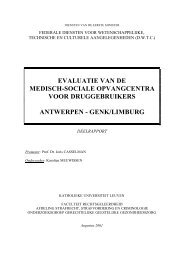chapter 3 inventory of local food systems
chapter 3 inventory of local food systems
chapter 3 inventory of local food systems
You also want an ePaper? Increase the reach of your titles
YUMPU automatically turns print PDFs into web optimized ePapers that Google loves.
Project CP/59 - “Instruments and institutions to develop <strong>local</strong> <strong>food</strong> <strong>systems</strong>”<br />
adds no extra energy use or emission to the final energy bill and is as a<br />
consequence more sustainable.<br />
• By choosing <strong>food</strong> products that are in-season and can thus grow in open air or<br />
non heated greenhouses and are not imported from abroad energy uses and<br />
resulting CO2 emissions can be reduced even more. Products from heated<br />
greenhouses consume on average 9 to 21 times more energy than products<br />
cultivated in open air when keeping all other parameters constant. Depending on<br />
the transport mode and transport distance, import from abroad can consume from<br />
0.01 up to 97 times more energy than homegrown products, with the highest<br />
values for intercontinental aircraft transport.<br />
Finally we would like to point out that it should be taken into account that a lot <strong>of</strong> LFS<br />
dó sell <strong>food</strong> products that are in-season, are grown in open air and are produced <strong>local</strong>ly,<br />
so not imported, this has a considerable effect on the final energy bill <strong>of</strong> their products<br />
(as shown in the different scenarios above). In addition many LFS like box schemes and<br />
<strong>food</strong> teams deliver their products to collecting points just on walking or cycling distance<br />
<strong>of</strong> the consumers’ house, work or children’s schools, resulting in an external (extra)<br />
energy use <strong>of</strong> zero to purchase these <strong>food</strong> items through these <strong>systems</strong>. Furthermore<br />
products that are sources by <strong>local</strong> <strong>food</strong> <strong>systems</strong> are <strong>of</strong>ten traveling very fast from the<br />
field to the consumers home what results in less energy uses and emissions due to<br />
storage.<br />
SPSD II - Part I - Sustainable production and consumption patterns - Agro-Food 48


